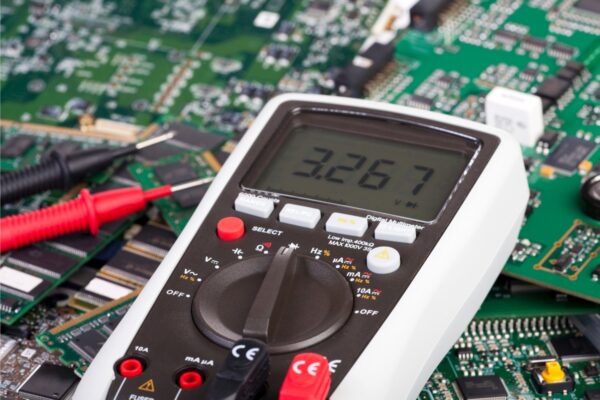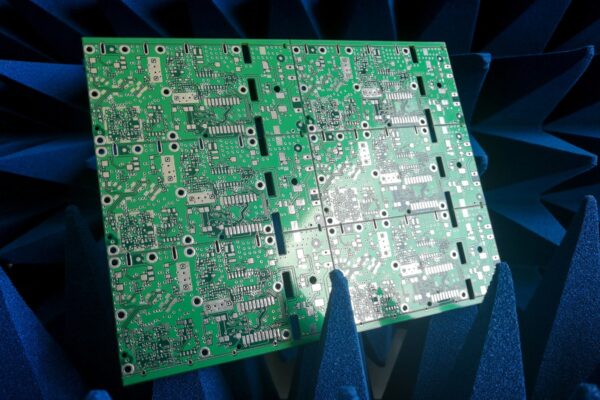What is Differential Signal
A differential signal, in the context of the PCB industry, refers to a method of transmitting information or data using two voltage signals. These signals are referred to as a pair and are characterized by having equal magnitude but opposite polarity. The purpose of utilizing a differential signal is to create an information signal by taking the difference between the voltages of the two voltage lines.
Differential signaling involves routing two traces side-by-side, with each trace carrying one of the voltage signals. These traces are typically routed on a PCB and are designed to minimize any interference or noise that may affect the signals. The signals are read by a differential line receiver, which determines the signal level based on the voltage difference between the two signals.
Differential signaling has the ability to suppress common-mode noise. Common-mode noise refers to noise that affects both signals equally. By taking the difference between the two signals, any noise that is present in both signals can be canceled out, resulting in a cleaner and more reliable signal.
Differential signaling is commonly used in high-speed digital protocols such as USB, Ethernet, and DDR clock and data lines. It offers advantages such as improved noise immunity and the ability to transmit binary information or multiple bits at once. However, it is important to consider potential challenges such as crosstalk and noise interference when designing PCBs using differential signaling.





